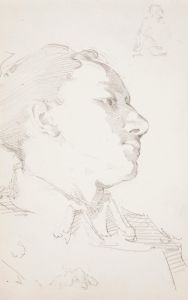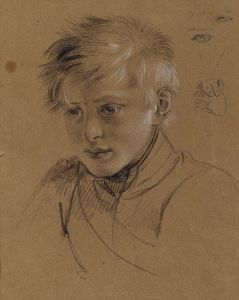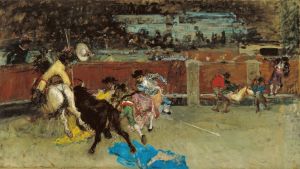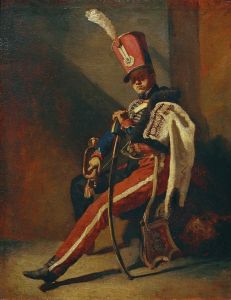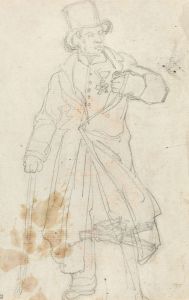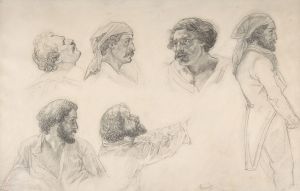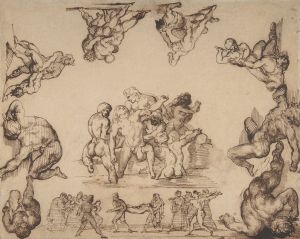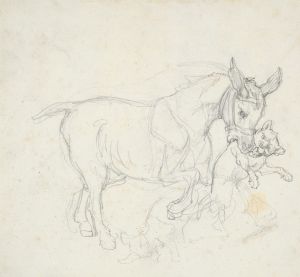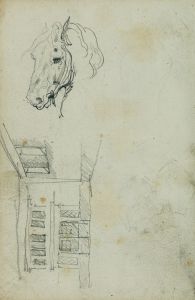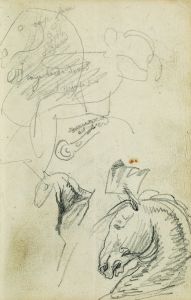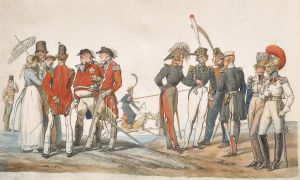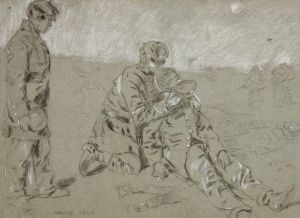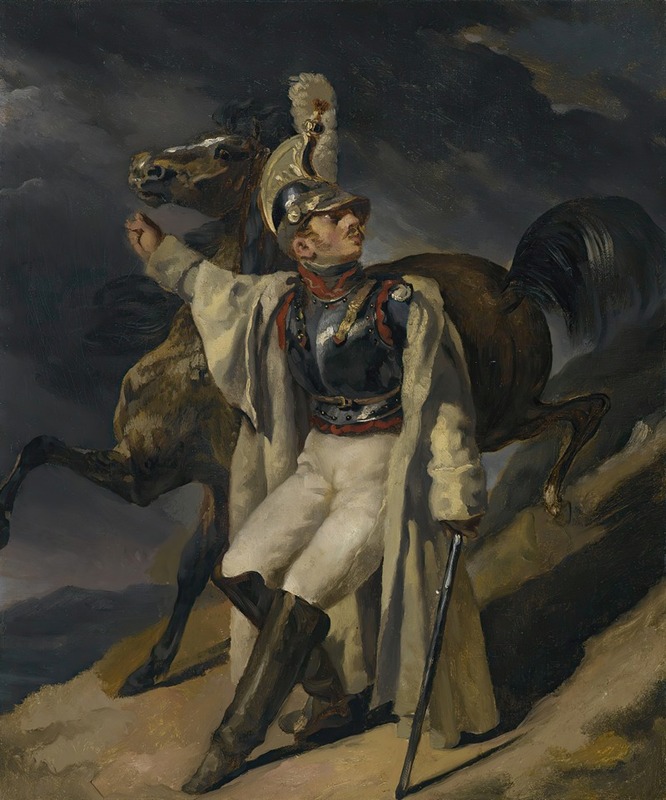
The Wounded Cuirassier, Study
A hand-painted replica of Théodore Géricault’s masterpiece The Wounded Cuirassier, Study, meticulously crafted by professional artists to capture the true essence of the original. Each piece is created with museum-quality canvas and rare mineral pigments, carefully painted by experienced artists with delicate brushstrokes and rich, layered colors to perfectly recreate the texture of the original artwork. Unlike machine-printed reproductions, this hand-painted version brings the painting to life, infused with the artist’s emotions and skill in every stroke. Whether for personal collection or home decoration, it instantly elevates the artistic atmosphere of any space.
"The Wounded Cuirassier, Study" is a notable work by the French Romantic painter Théodore Géricault, created in the early 19th century. Géricault is renowned for his dynamic and dramatic compositions, and this study is a testament to his interest in the themes of heroism, suffering, and the human condition, which are recurrent in his oeuvre.
Théodore Géricault was born on September 26, 1791, in Rouen, France. He became a pivotal figure in the Romantic movement, which emphasized emotion and individualism, often in contrast to the order and rationality of the preceding Neoclassical style. Géricault's works frequently depicted contemporary events and explored the psychological depth of his subjects.
"The Wounded Cuirassier, Study" is related to one of Géricault's larger and more famous works, "The Charging Chasseur" and "The Wounded Cuirassier," both of which were exhibited at the Salon of 1814. These paintings reflect the tumultuous period of the Napoleonic Wars, capturing the valor and vulnerability of soldiers. The cuirassiers were a branch of the French cavalry, known for their distinctive armor and role in battle. Géricault's interest in military subjects was partly inspired by the political climate of his time and his personal fascination with the themes of struggle and heroism.
In this study, Géricault focuses on the figure of a wounded soldier, a cuirassier, who is depicted with a sense of immediacy and realism. The study showcases Géricault's skill in capturing the physical and emotional state of his subject. The soldier's posture and expression convey a sense of exhaustion and resilience, reflecting the harsh realities of war. Géricault's use of light and shadow enhances the dramatic effect, highlighting the contours of the soldier's armor and the tension in his body.
Géricault was known for his meticulous approach to painting, often conducting extensive studies and sketches before completing a final work. This study likely served as a preparatory piece, allowing him to experiment with composition, form, and emotion. His attention to detail and ability to convey complex emotions through his subjects are evident in this work.
"The Wounded Cuirassier, Study" exemplifies Géricault's innovative approach to art, which combined elements of Romanticism with a keen observation of reality. His works often blurred the line between historical documentation and artistic expression, offering a poignant commentary on the human experience. Géricault's influence extended beyond his lifetime, impacting future generations of artists and contributing to the development of modern art.
While specific details about the provenance and current location of "The Wounded Cuirassier, Study" may not be widely documented, its significance lies in its connection to Géricault's broader body of work and its reflection of the themes that defined his artistic career. Through this study, Géricault captures a moment of vulnerability and strength, inviting viewers to contemplate the complexities of war and the enduring spirit of those who endure its trials.





